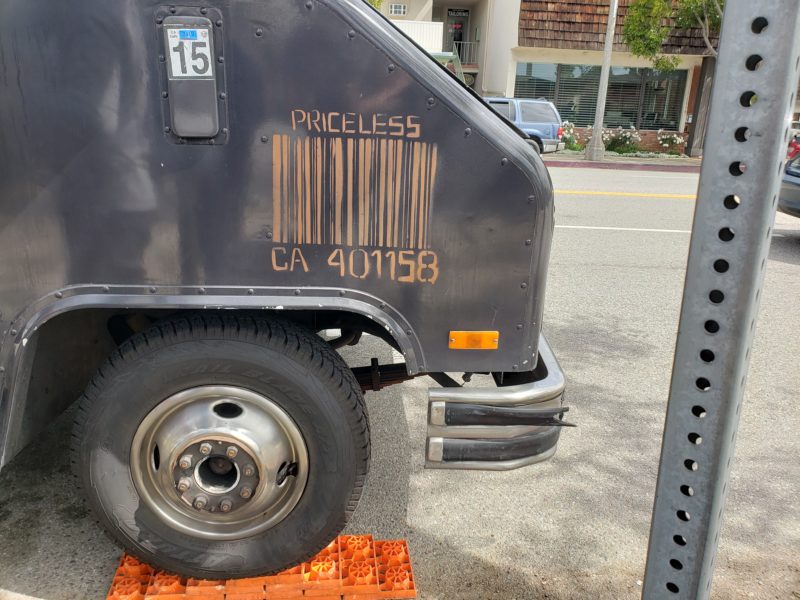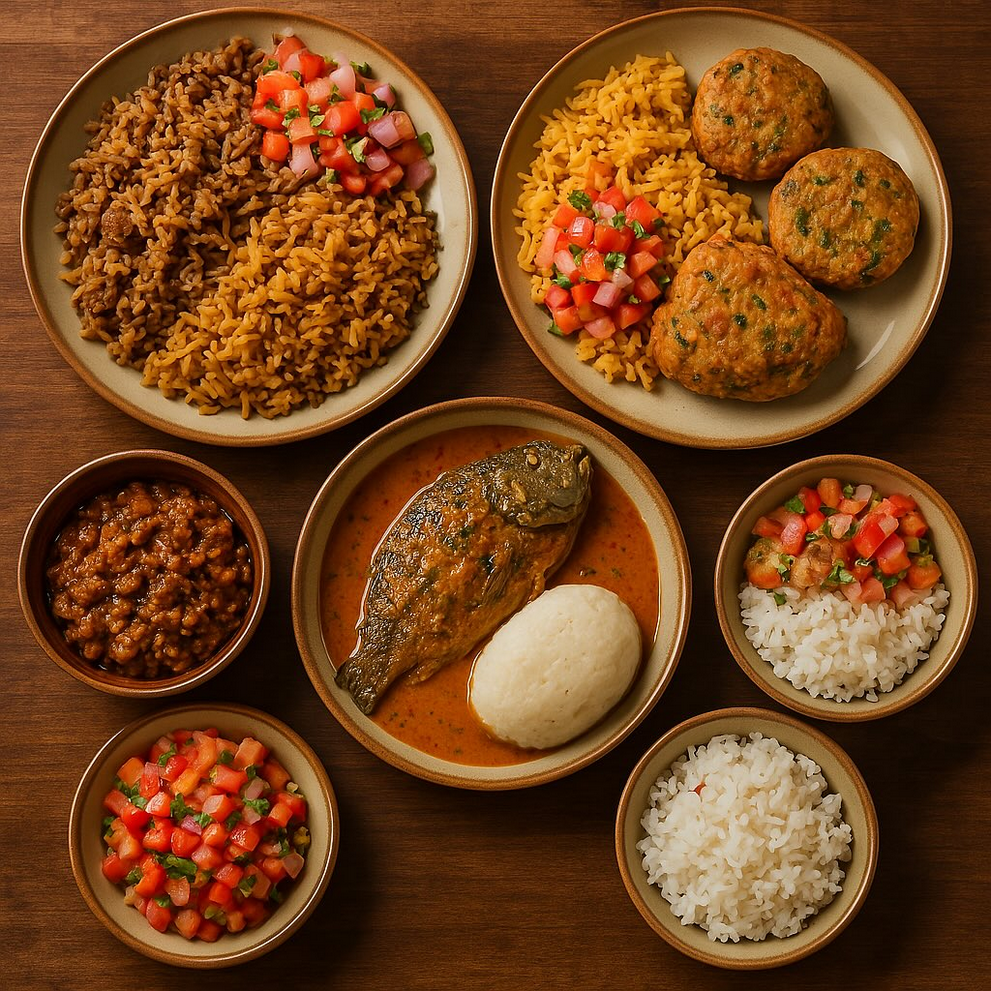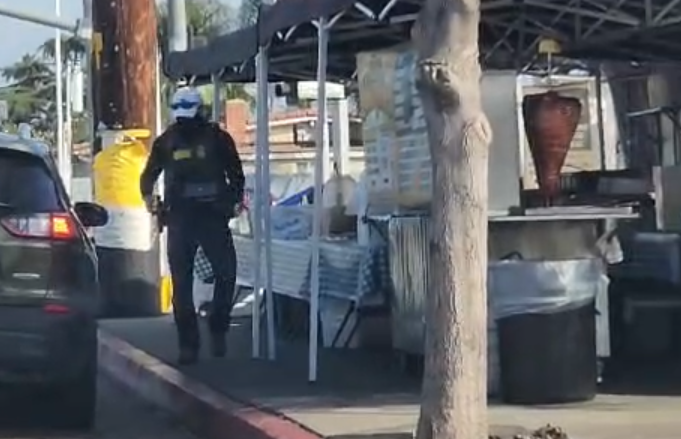You’ve seen the headlines, news segments, and have likely passed by the signs. Maybe even have become numb to them. But in case you forgot, we’ll remind you that gas prices are ridiculously fucking high right now, due in part to an unnecessary war in Europe and a resurgence of “back to normal” activities.
At a minimum, right now a gallon of gas will run you a quarter shy of $6 at most gas stations in the L.A. area. No big deal for all you Tesla and Chevy Cruze drivers. And all you lucky business people with expense accounts that cover gas.
Meanwhile, some of us are just a paycheck away from being forced to siphon gas.
But be warned. Even if this surge in gas prices isn’t impacting your gas budget, it may soon have an impact on the price of your precious tacos and other street food. So don’t act surprised and brace yourself.
Food vendors, particularly those that rely on trucks and generators, are feeling the impacts of the increase in fuel costs from multiple different angles. “It’s tough ‘cause gas impacts not only our trucks but also our cost of goods,” Rudy Barrientos, owner and operator of Gracias Señor Taqueria, told L.A. TACO on Thursday.
Gracias Señor’s commissary, where Rudy and his staff prepare all their food, is in South Central, but they pop up outside of the Ralph’s on Sunset Boulevard in the Pacific Palisades, all the way to almost the most western part of the westside.
Rudy estimates he’s spending more than $300 per week on gas alone. Nearly double what he might have paid when gas prices were more affordable. Similarly, the owner of Jason’s Tacos in East Los Angeles told ABC7 their weekly fuel costs have jumped from roughly $100 to $170.
With a deep menu that includes delicious tacos served on handmade corn or flour tortillas, breakfast burritos, fish tacos, burgers, a surf and turf burrito that ranks as one of his most popular offerings, and even freshly fried churros, Rudy is also being impacted by a substantial rise in the cost of goods.
Rudy tells L.A. TACO all proteins have gone up in price, especially beef, as well as avocados, limes and the ingredient that holds everything together: masa. “Lettuce is $3 when it used to be $1 per head. Masa is up 10 cents.”
The rise in the cost of goods is impacting nearly all industries and consumers. We're currently in the midst of the fastest pace of annual inflation since the early 1980s, according to economists. In the past year, inflation has increased more than 7 percent. When asked if the rising costs have pushed him to consider lifting prices, Rudy responds, “for sure.”
And it’s not just taco truck vendors that are feeling the pressure. Gas prices are also impacting street vendors who rely on generators to run lights and cooking equipment. As well as brick and mortar restaurants who have also seen an increase in the cost of goods. Some businesses have already resorted to adding a temporary surcharge to account for the increase in fuel-related price hikes.
But for street vendors like Rudy, the idea of adding a surcharge goes against the ethos of what street food is. “Culturally speaking, I feel like it’s just not cool. Street food should be simple and seamless. You come to a taco stand to get a fast and easily accessible meal. Not to be surcharged (smiling through pain emoji).”
He’s not knocking the hustle though. “I totally get why people are doing that. The food business is tough on its own and the war and pandemic definitely have made it much more challenging. So to hear that people are finding ways to navigate these harsh times and thinking out of the box is quite inspiring.”
“If you’re not hustling, you’re no longer in operation.”







